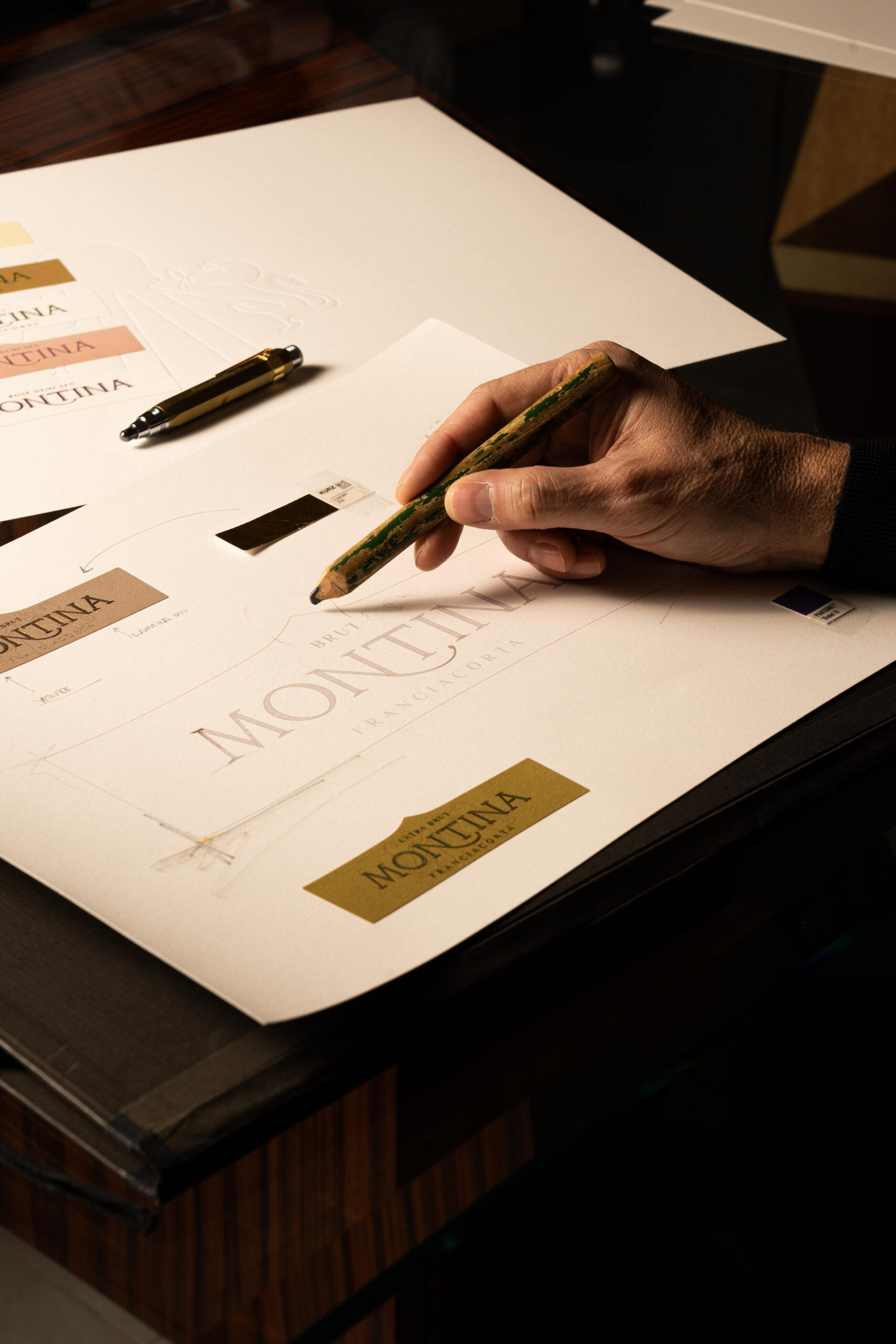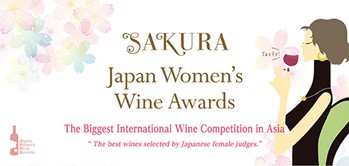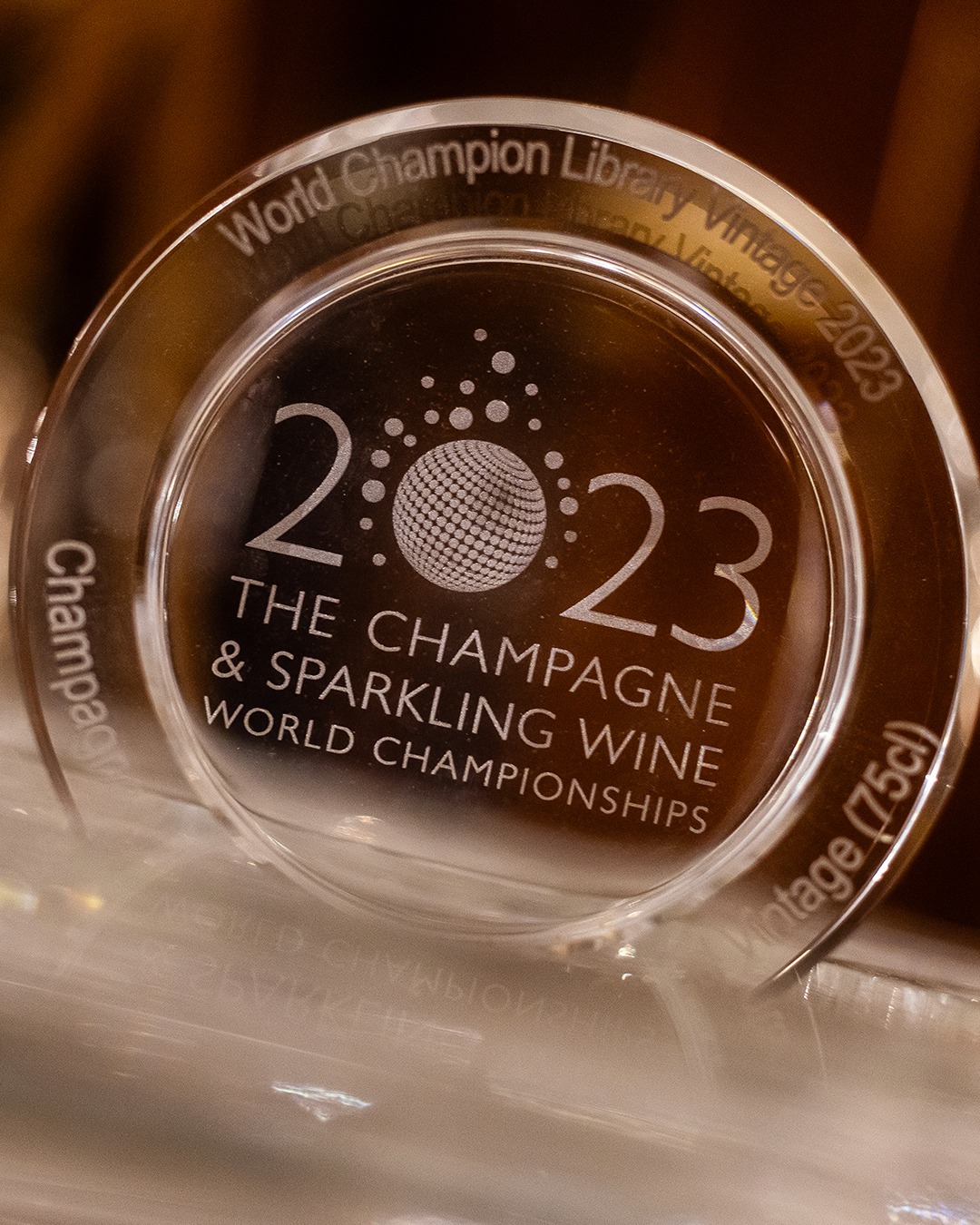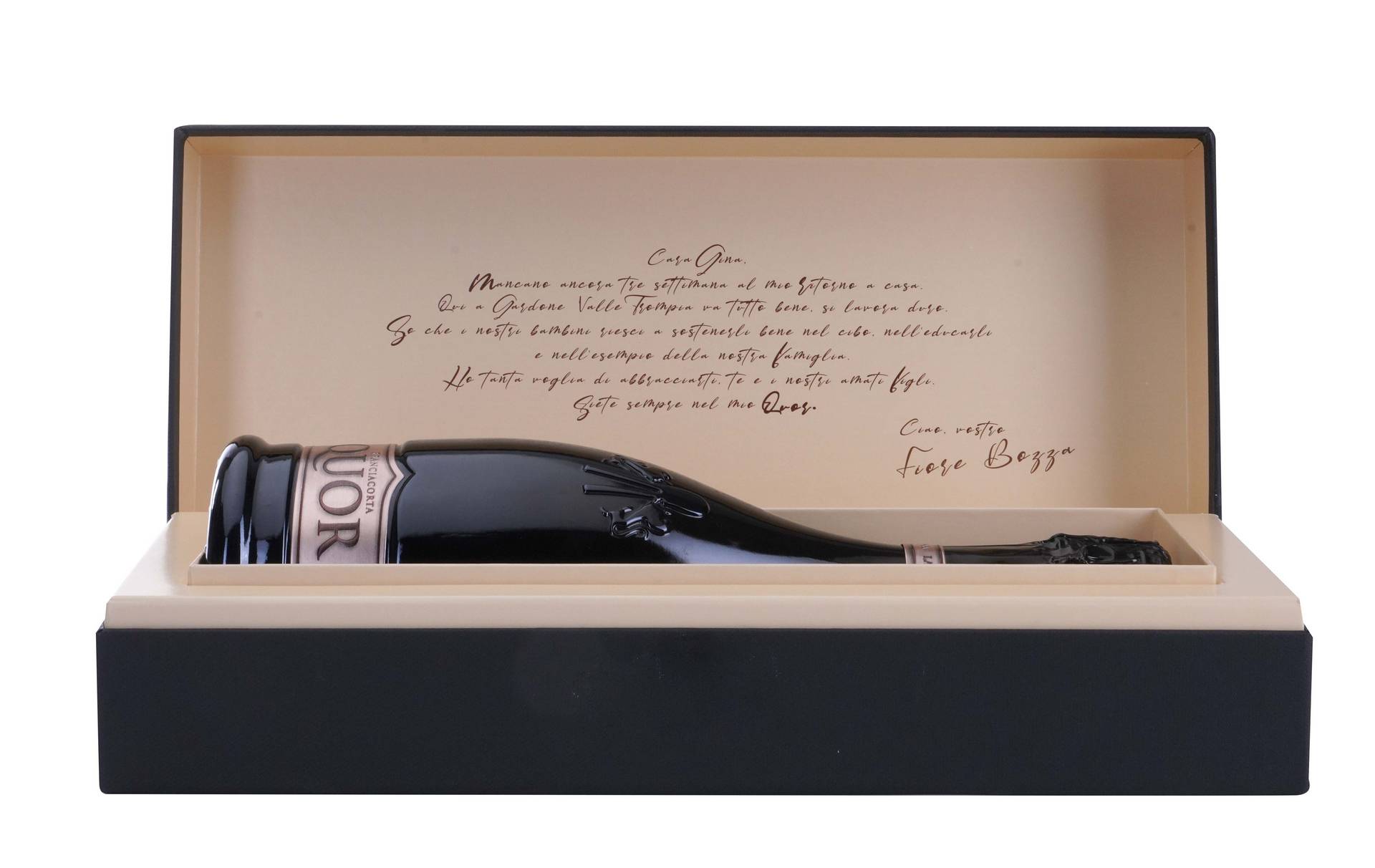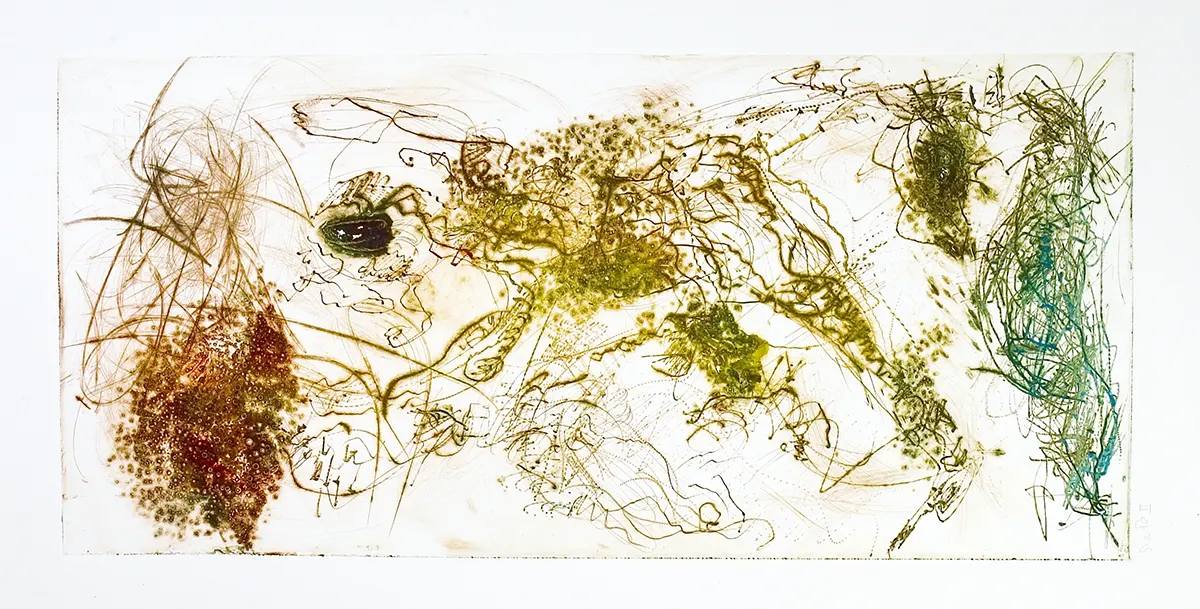“La Montina
“Franciacorta done to perfection”
Choosing a Franciacorta masterpiece brings out the artist in you too.
You’re probably familiar with our campaign’s slogan by now.
But what about the third artist in the spotlight?
Here’s a hint: this artist is more used to being the creator of an advertising campaign rather than its star.
After Frida Kahlo and Vincent van Gogh, it’s time to introduce one of the greatest revolutionaries of the 20th century: Andy Warhol.
Born in Pennsylvania in 1928 to Slovakian Rutena immigrant parents (his real name is Andrew Warhola), from 1945 to 1949, he studied advertising art at the Carnegie Institute of Technology in Pittsburgh.
Then he moved to New York, a city that would practically define his entire life, and began working as an advertising graphic artist for magazines like Glamour and Vogue. In 1952, he had his first solo exhibition in the Big Apple at the Hugo Gallery. In the 1960s, he embarked on a new artistic journey, drawing inspiration from advertising imagery and comics.
What would later be termed “pop art,” derived from “popular,” wasn’t just an art movement; it was a challenge that revolutionized the history of contemporary art, reshaping the role of the artists and the concept of art itself.
Should art be exclusive and comprehensible to only a few, or should it engage and attract everyone?
For Warhol, art needed to be more concrete and closer to the possible reality, easily reproducible, just like the society surrounding him.
In a consumer-driven society, it’s natural for everyone to have the same idols or consume the same products. This, for the artist, was a matter of fact and not a polemical point, but rather a documentation of reality. In his perspective, one of the virtues of Americans was that they all consumed the same products, regardless of their social backgrounds.
It was a democracy of consumption, a daily life that Warhol tried to bring into his art.
He believed that even his art needed to be consumed; that’s why he chose images from mass culture and then processed them in series. He used silk-screening to create repetitive works, almost mechanically, producing “mass” pieces intended for everyone.
From this point of view, Warhol’s concept of art is perhaps the one that most closely aligns with what we do at La Montina,
where the human element is fundamental in observation, calibration, and every aspect of production. However, it differs in terms of the true seriality and reproducibility that the American artist spoke of:
every bottle of Franciacorta is different from the other because it undergoes a unique fermentation process.
Nonetheless, it’s something that can be enjoyed by all, in any context, beyond stereotypes. It’s not just a wine for celebrations, a New Year’s toast, or a summer drink; it’s an ideal companion for any moment and any pairing. A democratic and effervescent art.
But we know that art is always evolving and takes on various forms, not just depending on the vessel that contains it.
In 1962, Andy Warhol founded “The Factory” in New York, a studio that became a gathering place for artists and celebrities, a true factory of ideas where works were created by multiple artists. The studio attracted not only painters and sculptors but also musicians like Lou Reed and his Velvet Underground.
Times, places, and perspectives change, but at La Montina, we’ve also dedicated a space for art and creative expression. This led to the creation of the first Contemporary Art Museum in Franciacorta. It’s a unique museum journey that cyclically hosts exhibitions by contemporary national and international artists, whose works find their place among majestic halls, cellars, barrels, and bottles.
It’s a unique place where art can be consumed not just visually but also through taste and smell.


